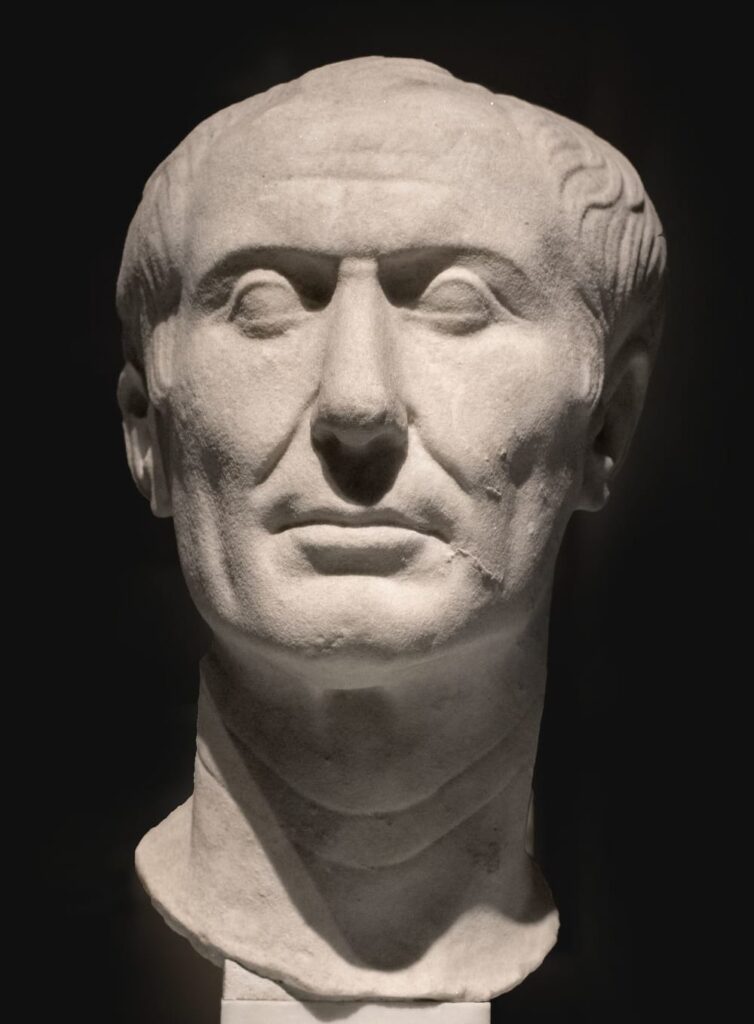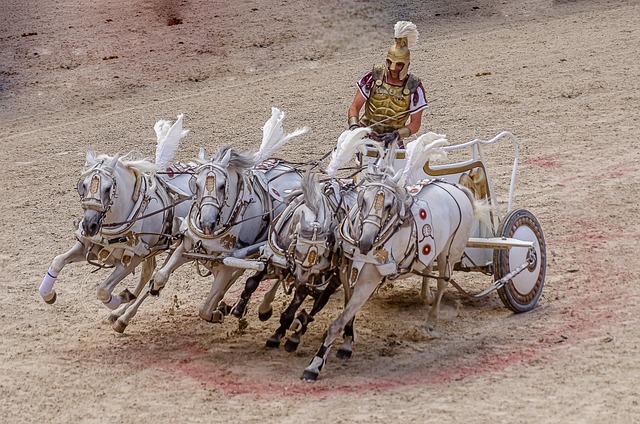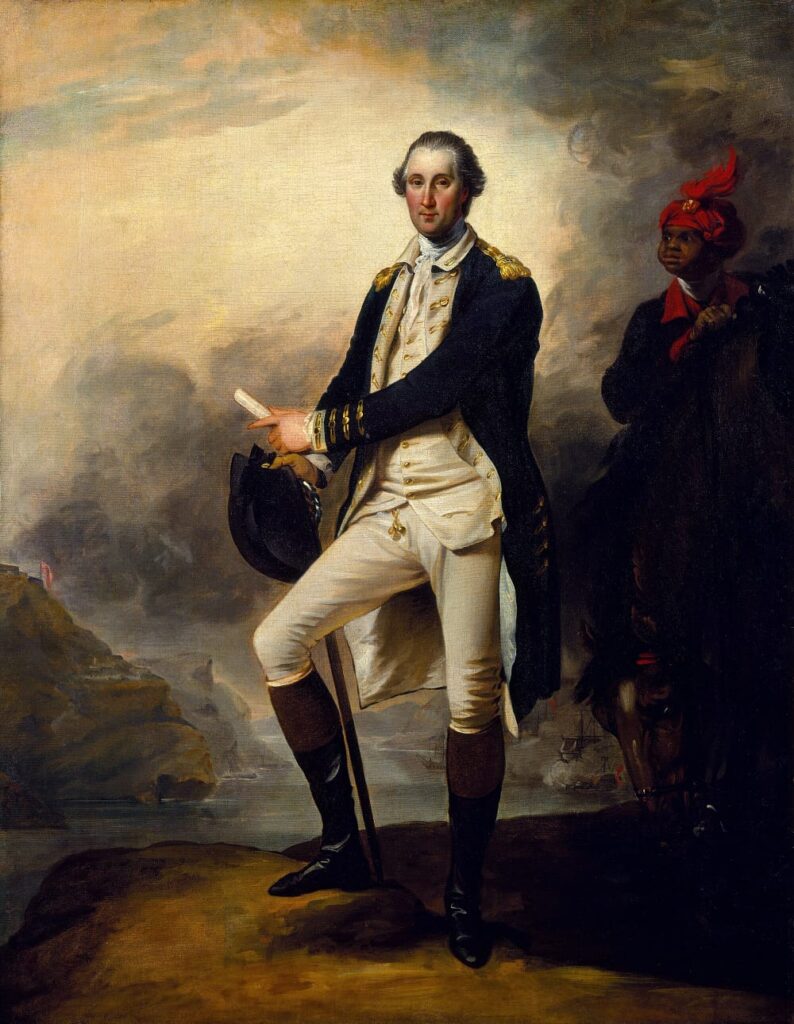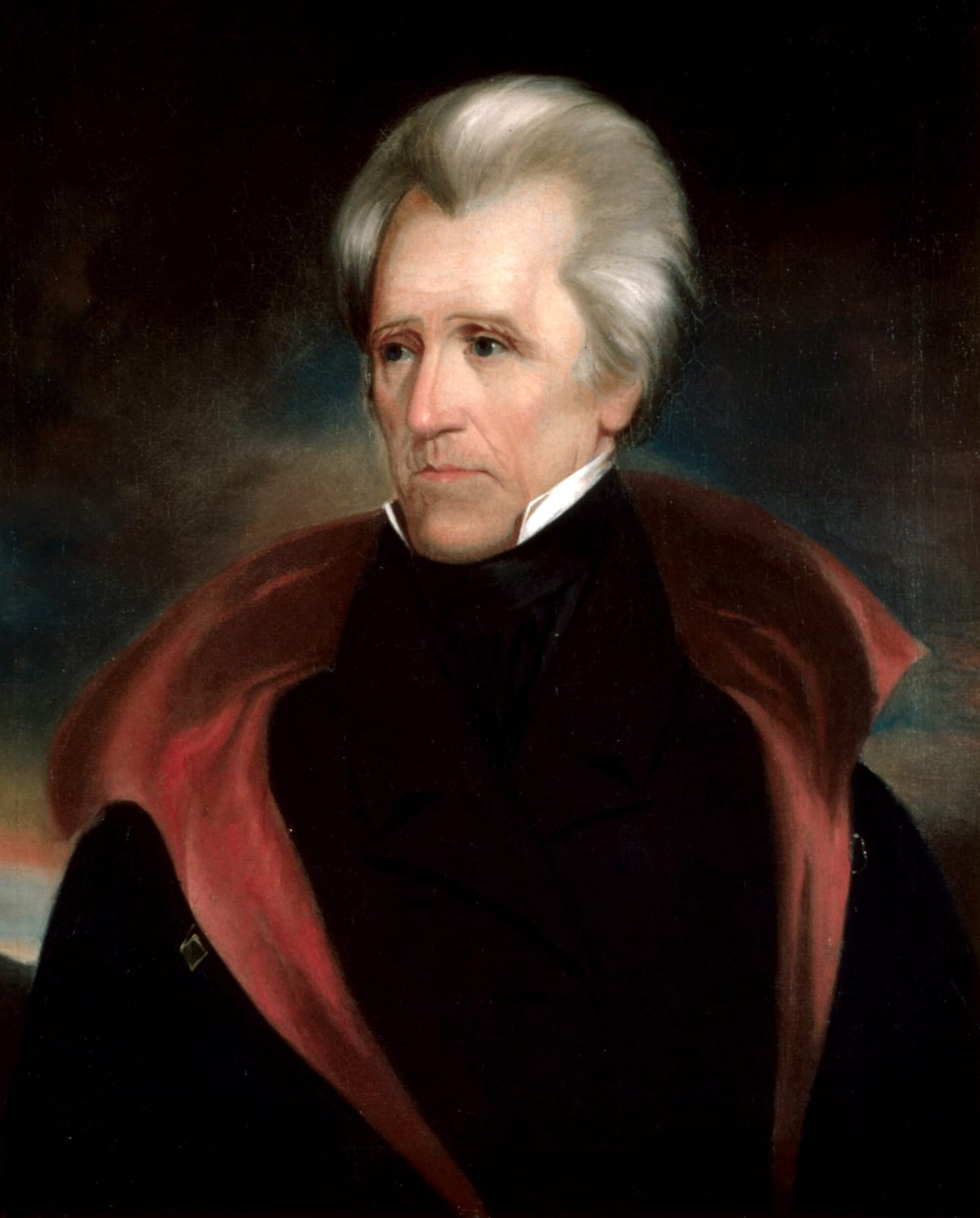January 1 may seem like a day for nursing hangovers, making resolutions, and wondering if you’ll stick to them past January 2, but history tells a much different story. This unassuming date has been a stage for monumental changes, bold declarations, and even the occasional bizarre mishap.
45 BCE: Julius Caesar’s Calendar Glow up

Ancient Rome, 45 BCE: Timekeeping was a mess. The Roman calendar was so misaligned with the solar year that farmers couldn’t figure out planting seasons, and festivals were all over the place. Julius Caesar, never one to settle for chaos, decided to take matters into his own hands.
After consulting Sosigenes, an Egyptian astronomer, Caesar implemented the Julian calendar, which introduced a consistent 365day year with an extra leap day every four years. January 1 was officially declared the start of the year, aligning the calendar with the solar cycle. This wasn’t just a logistical win—it was a political power move. The calendar unified Rome and solidified Caesar’s legacy. Sure, the Julian calendar wasn’t perfect (we switched to the Gregorian calendar in 1582), but for its time, it was revolutionary.
404 CE: The Final Gladiator Showdown

By the time 404 CE rolled around, gladiatorial games were less about tradition and more about grim entertainment. For centuries, these bloody spectacles captivated Roman audiences. But January 1, 404, marked the end of this violent era.
The catalyst? A Christian monk named Telemachus. He stormed into the Colosseum midbattle and demanded an end to the barbarity. The crowd, unimpressed, stoned him to death. His sacrifice wasn’t in vain, though. Emperor Honorius, influenced by Telemachus’ bravery, banned gladiatorial games soon after. This act not only ended a brutal pastime but also highlighted the growing influence of Christianity in the Roman Empire.
1776: George Washington’s Bold Flag Statement

As 1776 dawned, the American colonies were knee deep in revolution. On January 1, George Washington hoisted the Grand Union Flag in Cambridge, Massachusetts. Featuring 13 red and white stripes and a British Union Jack in the corner, it symbolized unity among the colonies while acknowledging ties to Britain—a nod to their complicated relationship.
Washington’s timing was no coincidence. The flag flew as his Continental Army prepared for a pivotal moment in the war. Though the Grand Union Flag was soon replaced by the more iconic Stars and Stripes, its debut on January 1 remains a symbol of America’s early fight for independence.
1804: Haiti’s Declaration of Independence
On January 1, 1804, Haiti declared its independence, becoming the first postcolonial Blackled nation and the first independent nation in Latin America and the Caribbean. This wasn’t just any revolution—it was a seismic event in world history.
Led by former slaves like Toussaint Louverture and JeanJacques Dessalines, Haiti’s revolution was a direct challenge to the brutality of European colonialism and slavery. The victory over France sent shockwaves through the world, inspiring oppressed peoples while terrifying colonial powers. However, the story didn’t end with triumph. France demanded reparations, plunging Haiti into economic hardship that lingers today. Still, January 1, 1804, is a testament to resilience and the power of self determination.
1808: America Bans Slave Importation
The United States took a significant step toward ending slavery on January 1, 1808, when it officially banned the importation of slaves. While this law didn’t abolish slavery itself (that wouldn’t happen until 1865), it was a critical moment in the abolition movement.
The ban reflected a growing awareness of slavery’s moral and political implications. However, enforcement was lax, and illegal slave trading continued for decades. Despite its limitations, this legislation marked a shift in the national conversation and laid the groundwork for future abolitionist efforts.
1847: India Introduces the Penny Black
On January 1, 1847, British control India introduced the world’s first adhesive postage stamp, the “Penny Black.” This tiny piece of paper revolutionized communication. Before stamps, recipients often paid postage, which led to awkward refusals and undelivered mail. The Penny Black simplified the process, democratizing access to the postal system.
While stamps might seem mundane now, their introduction was a technological leap forward. In India, it symbolized modernization under British rule, even as colonial exploitation loomed in the background.
1863: The Emancipation Proclamation
Abraham Lincoln kicked off 1863 with a bang, issuing the Emancipation Proclamation on January 1. This executive order declared all enslaved people in Confederate states to be free. While it didn’t immediately end slavery (border states loyal to the Union were excluded), it shifted the Civil War’s purpose from preserving the Union to fighting for human rights.
The proclamation also allowed Black men to join the Union Army, bolstering its ranks and changing the course of the war. It was a bold, moral statement that laid the foundation for the 13th Amendment, which abolished slavery altogether.
1890: Pasadena’s Rose Parade Blooms
Tired of gloomy winter vibes? So were the people of Pasadena, California. On January 1, 1890, they launched the first Rose Parade to flaunt their sunny weather and blooming flowers while the rest of the country shivered in snow.
What began as a quaint procession of horsedrawn carriages adorned with flowers quickly evolved into a massive spectacle featuring floats, marching bands, and the iconic Rose Bowl football game. Today, it’s one of the mostwatched New Year’s traditions, proving that sometimes, a little floral flexing goes a long way.
1907: Times Square’s Ball Drop Debut

New Year’s Eve celebrations weren’t always about the Times Square ball drop. But on January 1, 1907, New York City unveiled its firstever midnight spectacle. The ball, a 700pound ironandwood contraption, was a technological marvel for its time.
The inaugural drop wasn’t without hiccups—technical issues delayed the descent, leaving the crowd impatient. Still, it was the start of a tradition that has become synonymous with ringing in the New Year. The modern LEDcovered ball is a far cry from its humble beginnings, but the spirit of celebration endures.
1929: Australia’s Great Driving Switcheroo
January 1, 1929, saw Queensland, Australia, finally align with the rest of the country by switching to driving on the left side of the road. Previously, Queenslanders had driven on the right, creating confusion and chaos at state borders.
The switch wasn’t exactly seamless. Drivers were confused, accidents spiked, and traffic authorities had their hands full. The adjustment period was rough, but eventually, the entire nation got on the same page—literally.
1953: Florida’s Party Lion Escapade

Here’s one for the “truth is stranger than fiction” file. On January 1, 1953, a wealthy Floridian hosted a New Year’s Eve party with an unexpected guest: a pet lion. Things went south when the lion escaped and roamed the streets, turning the holiday into a reallife safari.
After hours of chaos, police safely captured the big cat. No one was harmed, but the incident became a cautionary tale about mixing wild animals and wild parties. It’s proof that New Year’s Day can be as unpredictable as the year it ushers in.
2021: Brexit Becomes Reality
After years of debates, delays, and drama, January 1, 2021, marked the United Kingdom’s official exit from the European Union’s single market and customs union. The day symbolized the culmination of the Brexit process, which had dominated UK politics since the 2016 referendum.
The move reshaped trade, travel, and diplomatic relations between the UK and the EU. While opinions remain divided, this historic shift undeniably changed the course of European and global politics.
January 1: A Day That Delivers
From monumental political shifts to bizarre party mishaps, January 1 isn’t just the start of a new year—it’s a day where history happens. Whether it’s a monk standing up to gladiators, a nation declaring independence, or a pet lion stealing the spotlight, this date proves that the New Year can be anything but ordinary.



